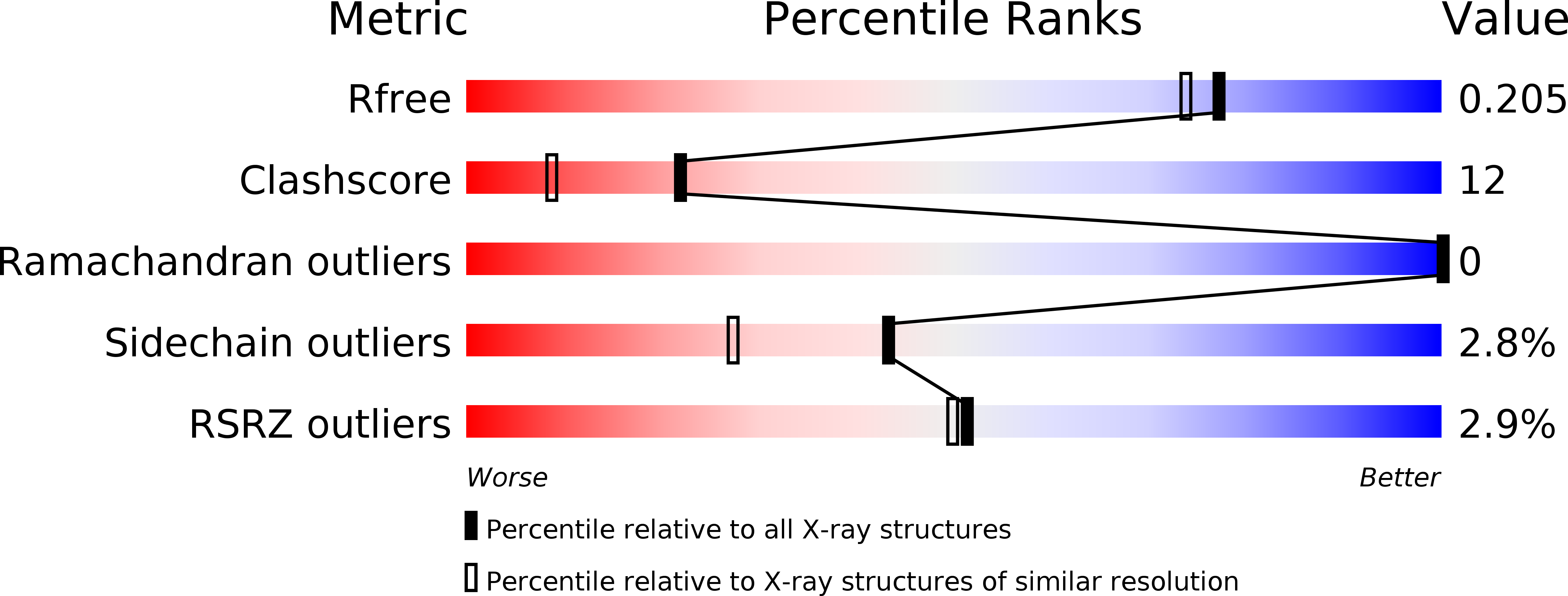
Deposition Date
2006-01-05
Release Date
2007-01-16
Last Version Date
2023-10-25
Entry Detail
Biological Source:
Source Organism:
Pyrococcus horikoshii (Taxon ID: 70601)
Host Organism:
Method Details:
Experimental Method:
Resolution:
1.85 Å
R-Value Free:
0.20
R-Value Work:
0.19
R-Value Observed:
0.19
Space Group:
F 41 3 2


